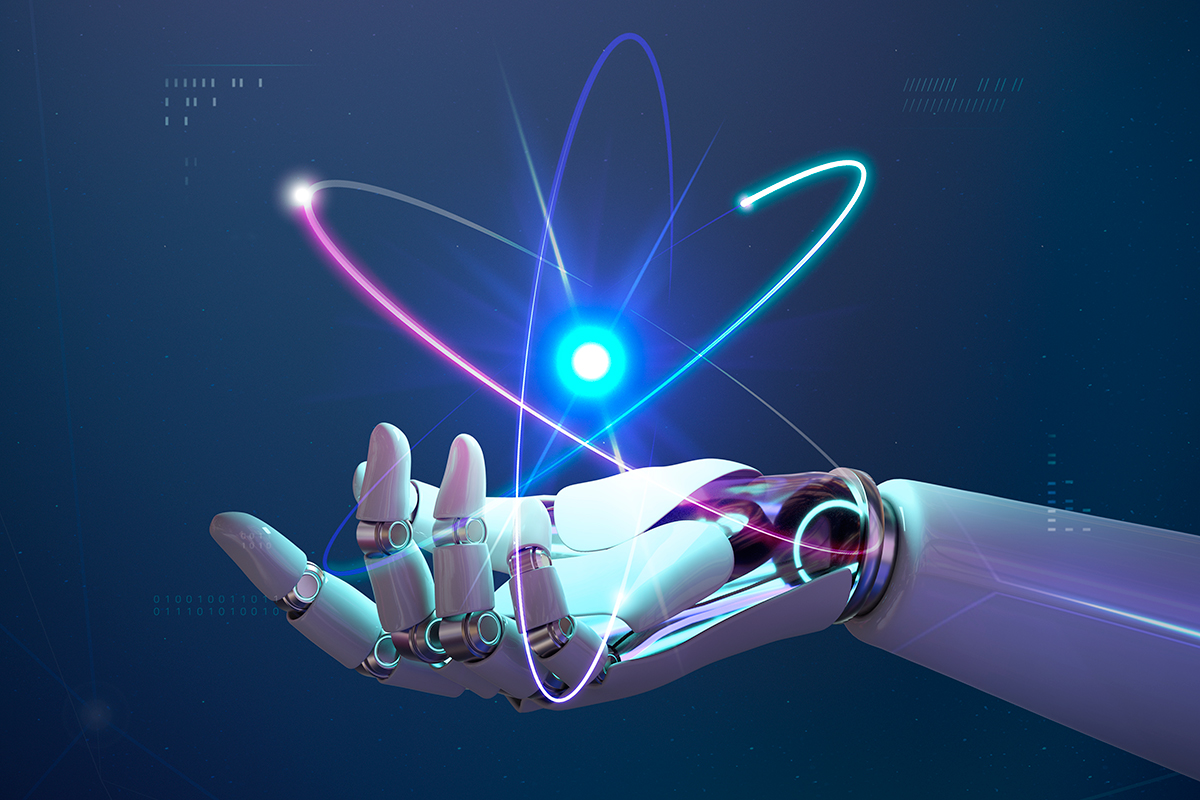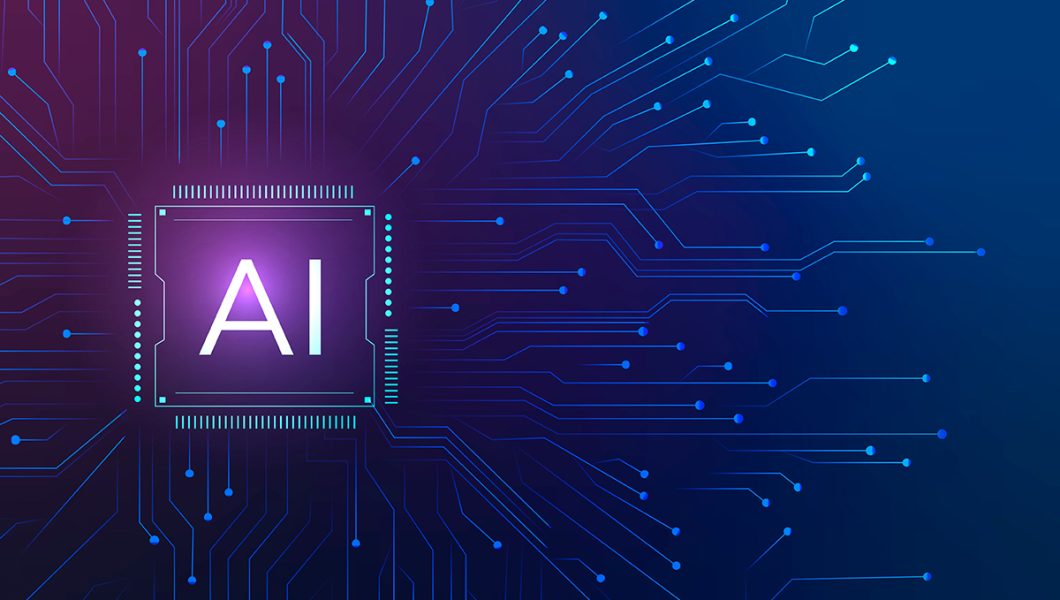AI, or Artificial Intelligence, refers to the simulation of human intelligence in machines that are programmed to perform tasks that would typically require human intelligence. AI encompasses a broad range of techniques and approaches, aiming to enable computers and systems to mimic human cognitive functions such as learning, problem-solving, perception, and decision-making.

AI can be categorized into two main types: narrow AI and general AI. Narrow AI, also known as weak AI, is designed to perform specific tasks or functions within a limited domain. Examples of narrow AI include voice assistants like Siri and Alexa, image recognition systems, and recommendation algorithms.
On the other hand, general AI, also referred to as strong AI or artificial general intelligence (AGI), aims to possess the ability to understand, learn, and apply knowledge across various domains, similar to human intelligence. General AI remains a theoretical concept and has not been fully achieved yet. It would involve machines capable of reasoning, understanding natural language, and adapting to unfamiliar situations.
AI is powered by various techniques, including machine learning, where algorithms learn from large amounts of data to make predictions or decisions. Deep learning, a subset of machine learning, utilizes neural networks with multiple layers to process complex data representations. Other AI techniques include natural language processing (NLP), computer vision, expert systems, and robotics.
AI has numerous applications across various industries and domains, including healthcare, finance, transportation, manufacturing, and entertainment. It has the potential to automate routine tasks, enhance productivity, improve decision-making processes, and contribute to scientific advancements. However, ethical considerations surrounding AI, such as privacy, bias, and job displacement, are also important areas of discussion and research.
What are 4 types of AI?
The four types of AI commonly referred to are as follows:
- Reactive Machines: These are the most basic form of AI systems that operate solely on the current input without any memory or past experiences. They don’t have the ability to learn or form memories. Reactive machines analyze the present situation and provide an output based on predefined rules. Examples include chess-playing programs that analyze the current board position to determine the best move, but they don’t consider previous games or strategies.
- Limited Memory: This type of AI builds upon reactive machines by incorporating a limited memory element. These systems can retain a limited amount of past data to make decisions or take actions. Self-driving cars often employ limited memory AI to analyze recent data from sensors and make driving decisions based on that information. However, they do not possess long-term memory or the ability to learn from past experiences.
- Theory of Mind: Theory of Mind AI refers to systems that have an understanding of emotions, beliefs, desires, and intentions, which allows them to attribute mental states to themselves and others. This type of AI is currently more theoretical than practical and involves modeling human-like cognitive abilities. Theory of Mind AI would be capable of comprehending and predicting human behavior, making it useful for social interactions and complex decision-making.
- Self-Awareness: This is the highest level of AI, where machines possess not only consciousness but also self-awareness. Self-aware AI systems would have a deep understanding of their own existence, emotions, and thoughts. This level of AI remains largely speculative and is more in the realm of science fiction rather than current technological capabilities.
It’s worth noting that these four types represent a simplified categorization and AI development is a complex and evolving field. The progression from one type to another is not necessarily linear, and different AI systems can exhibit characteristics from multiple types depending on their design and functionality.






No Comments